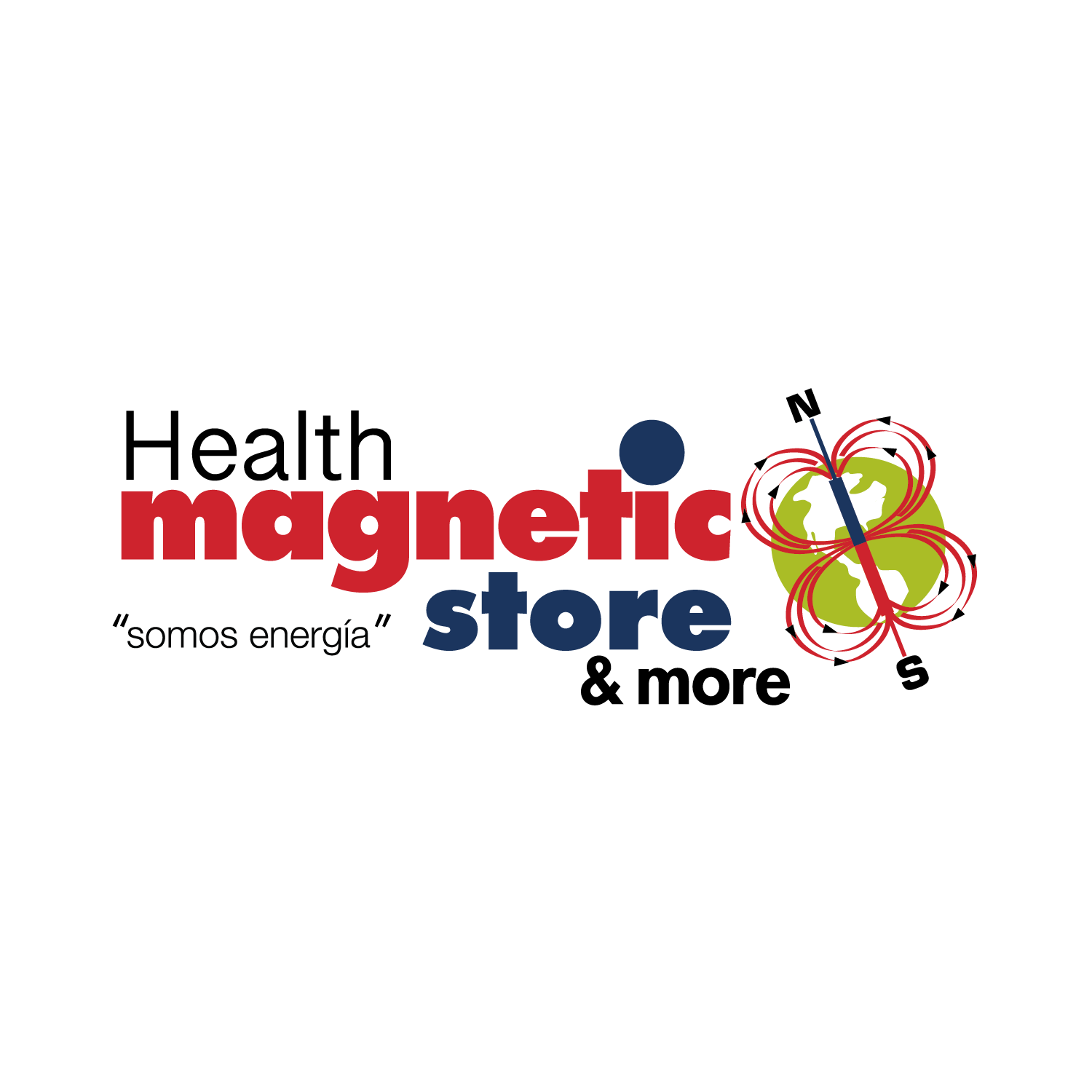Magnetic Therapy Research: Asthma
The effect of the pulsatile electromagnetic field in children suffering from bronchial asthma.
Sadlonova J, Korpas J, Salat D, Miko L, Kudlicka J.
1st Internal Clinic, Teaching Hospital Martin, Martin, Slovakia.
From the bibliography it is well known that pulsatile electromagnetic field has an anti-inflammatory and analgesic effect. It causes vasodilatation, myorelaxation, hyper-production of connective tissue and activation of the cell membrane. Therefore our aim was to study the possible therapeutic effect of pulsatile electromagnetic field in asthmatic children. Forty-two children participating in this study were divided in two groups. The 1st group consisting of 21 children (11 females, 10 males, aged 11.8 +/- 0.4 yr) was treated by pulsatile electromagnetic field and pharmacologically. The 2nd group served as control, consisting also of 21 children (11 females, 10 males, aged 11.7 +/- 0.3 yr) and was treated only pharmacologically. Therapeutic effect of the pulsatile electromagnetic field was assessed on the basis of pulmonary tests performed by means of a Spirometer 100 Handi (Germany). The indexes FVC, IVC, ERV, IRV, FEV1, FEV1/FVC%, MEF75,50,25, PEF, PIF and the changes of the flow-volume loop were also registered. The pulsatile electromagnetic field was applied by means of the device MTU 500H, Therapy System (Brno, Czech Republic) for 5 days, two times daily for 30 minutes (magnetic induction: 3 mT, frequency: 4 Hz as recommended by the manufacturer). The results in children of the 1st group showed an improvement of FVC of about 70 ml, IVC of about 110 ml, FEV1 of about 80 ml, MEF75 of about 30 ml, PEF of about 480 ml, PIF of about 550 ml. The increases of ERV, IRV and FEV1/FVC and decreases of MEF25,50 were statistically insignificant. The results in the 2nd group were less clear. The flow-volume loop showed a mild improvement in 14 children. This improvement in the 2nd group was less significant. The clinical status of children and their mood became better. We believe that the pulsatile electro-magnetotherapy in children suffering from asthma is effective. On the basis of our results we can recommend it as a complementary therapy.
Acta Physiol Hung. 2003; 90(4): 327-34.
